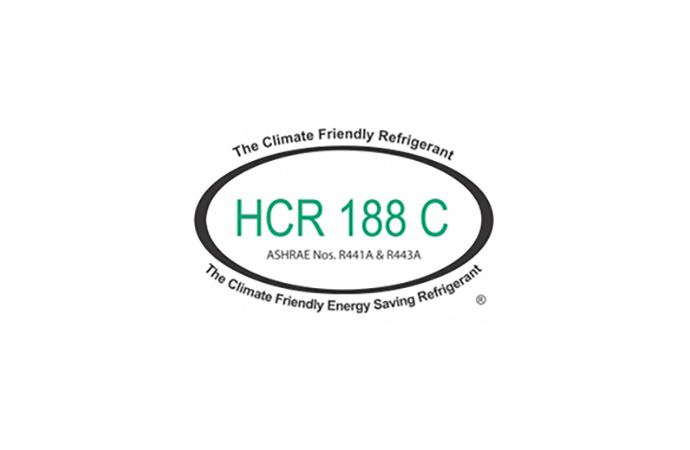With an overwhelming 58,000 industry experts attending, the annual National Restaurant Association (NRA) trade show is the place for restaurant owners and consumer goods brands to go. Despite some indication of a more rapid market acceptance driven by big end-users’ environmental stewardship, exhibitors pointed out key issues in relation to building codes, standards, training, and refrigerant charge limitations that need to be resolved first to make the US food & drink industry adopt t

From 5 to 8 May 2012, Chicago became America’s No 1 food place to bring together 1,800 exhibitors for restaurant equipment, food, beverages and technology for keeping foodstuff cool. Among the solutions on display only a limited number of companies were openly advertising for HFC-free solutions, with traditional R134a and R404A coolers largely dominating. This does not come as a surprise as hydrocarbons (HCs) have only been approved recently in small and a very limited number of applications. However, driven by global environmental stewardship of consumer goods brands and fast food restaurants, R290 is currently looked at in various R&D departments of leading refrigeration suppliers, suggesting a soon-to-come appearance on American show floors.
What is needed to make HC happen?
Food chains such as Starbucks, McDonald’s, KFC, Taco Bell and Burger King are looking into more sustainable refrigerant solutions for their restaurants together with America’s leading suppliers of dispensers and freezers. The market for HFC-free bottle coolers and vending machines is otherwise mainly driven by large consumer brands such as PepsiCo, Heineken or Unilever. However, despite action taken by some market leaders, chances of early success for R290 are dependent on a variety of factors, as exhibitors at the NRA confirm:
- Recovery: A major barrier to a faster rollout of propane units is the obligation to recover the hydrocarbon refrigerant at the end of the equipment’s life cycle, whereas in Europe such obligation does not exist. This adds cost to servicing companies and ultimately to customers, making the adoption of HC units less attractive than it could be otherwise
- Training: A clear lack of skilled workforce to install and service units was mentioned by several companies with existing or planned HC units. The question of who would be responsible for driving the training in the servicing industry is unsolved, as government, customers and system manufacturers would all have a stake in taking action. At a low overall rate of HVAC&R servicing companies in the US, the minimal share of those experienced with handling flammable substances poses a clear challenge.
- Charge size & Applications: The recent adoption of hydrocarbons for domestic applications and small commercial stand-alone refrigerators and freezers has not opened the door for a wider adoption into the US-American food & drinks business, as units like smaller ice machines are not yet covered by the approval. In addition, the approved charge size of 57 grams (2.0 ounces) for domestic and 150 grams (5.3 ounces) for retail food refrigerators is an obstacle for companies, otherwise committed to the use of R290 and R600a, with typical units running on a higher charge than that.
In a second article, hydrocarbons21.com will look at available and upcoming HC solutions in North America.
MORE INFORMATION
Related stories












